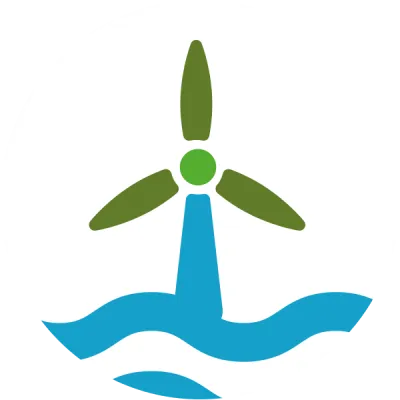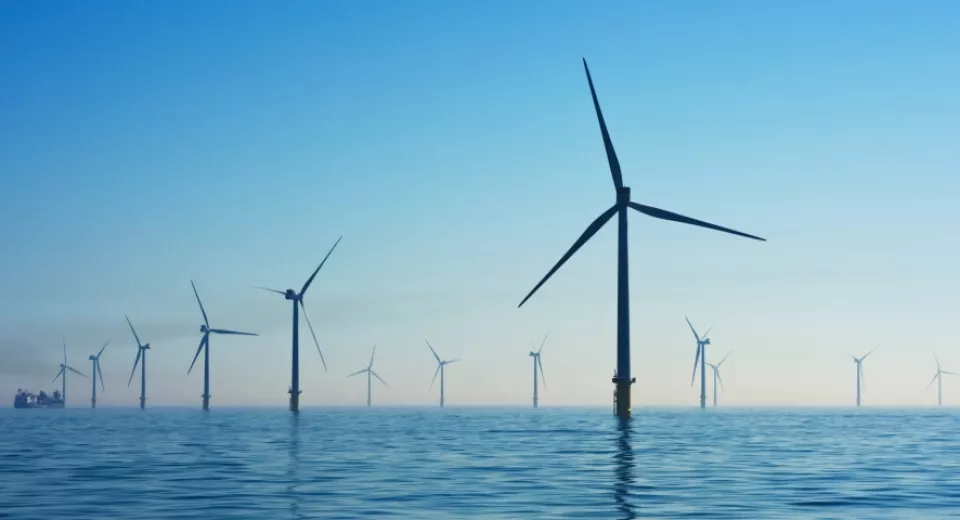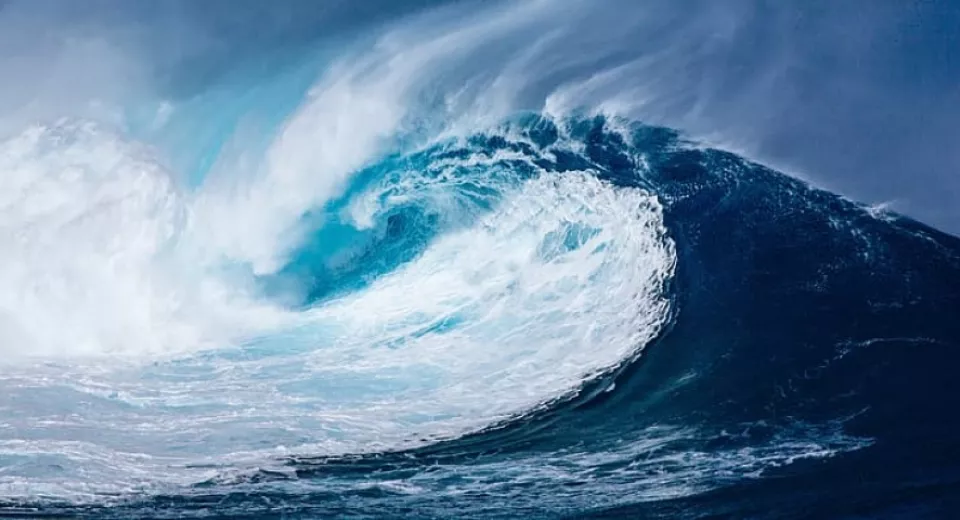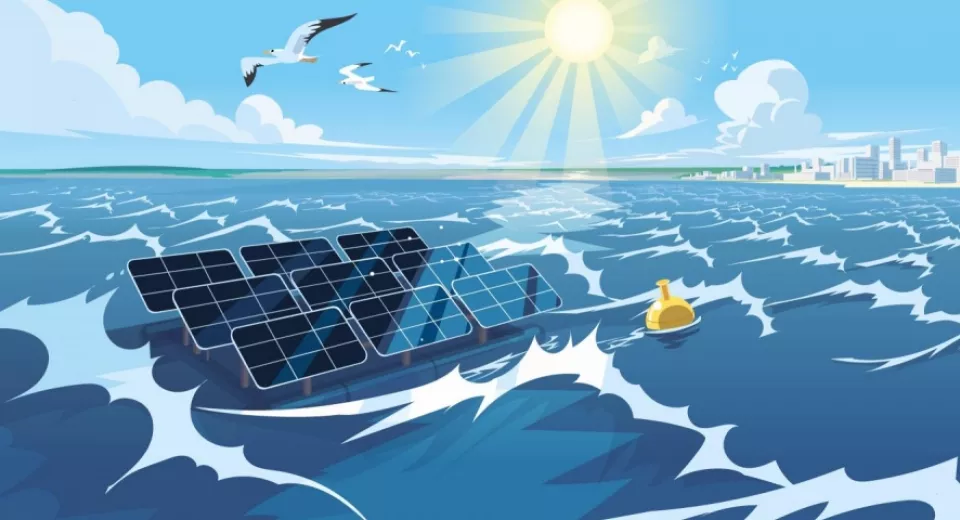Renewable energy & freshwater production

The North Sea: a source of fresh water and green energy
Most people think that blue economy refers to ‘traditional’ and well-known activities such as fisheries, coastal tourism, shipping and port activities. But its scope is much broader. For instance, the sea provides a wealth of opportunities to generate energy and, in conjunction with this, produce fresh water.
If we want to achieve the climate objectives imposed by Europe, we need to commit ourselves as a region to sustainable energy alternatives. The sea can play a very important role in this endeavour.
Wind power
Flanders already occupies fourth place worldwide in offshore wind energy production and remains ambitious in this regard. The new Marine Spatial Plan even provides for doubling the offshore energy production. This prospect has created a favourable climate for the development and implementation of innovations.
Within this scope, the BOPTIC project currently investigates the use of smart cables and smart foundations for the operation of offshore wind farms. The Supersized 4.0 project develops sophisticated operation and maintenance strategies to support the latest generation of ever larger offshore wind turbines.

Of course, all that electrical energy needs to be brought onshore. That is no easy feat in an environment as challenging as the North Sea. To overcome this obstacle, the CORDOBA project develops models to optimise the construction and operation of the offshore electricity grid.
To store any future surplus production, the possibilities of converting electric energy into hydrogen through electrolysis are investigated. The H2MHYTIC project conducts ground-breaking research to develop a new generation of electrolysers that will ensure profitability.
Wave and tidal energy
Nowadays, offshore energy generation is more than just wind turbines. After all, the sea is also characterised by the sun, waves and tides – phenomena whose power we can also harness to our advantage. To this end, we can use floating photovoltaic solar panels, wave energy converters, tidal power plants and hydrogen technology.
Wave and tidal energy – collectively known as ocean energy – is considered to be the largest untapped source of renewable energy in Europe. By 2050, it could meet 10 percent of Europe’s energy demand. However, the technological and other challenges that need to be overcome are significant (maintenance, extreme weather conditions, etc.).
Projects such as BluERA are therefore aimed at developing a digital ocean energy atlas to map its potential. In addition, a digital tool for energy yield evaluation is being developed.

Offshore solar energy
A (research) project revolving around offshore photovoltaic cells, MPVAqua investigated the possibilities of developing solar panel structures that can withstand tall waves and are resistant to salinity. The impact of these solar parks on the ecosystem needs to be looked into as well.
There are still plenty of unknowns, but if the project were to prove successful, the first commercial offshore solar park could become a reality within five to ten years. In practice, they could be located between the turbines of wind farms, so that the amount of energy generated on these sites is doubled.
In addition, it is also possible to farm mussels on ropes and even seaweed between wind turbines, so these parks could serve as a spearhead of sustainable innovation.

From saline to fresh water
The energy produced from the wind, sun and waves will in any case also come in useful to turn seawater into fresh water, as this is a highly energy-intensive process. This is important because groundwater levels are already low in Flanders, and long periods of drought will add to the pressure. It crucial that we prevent water scarcity from becoming a water shortage.
The Sweet-H2(O) project is aimed at determining the feasibility of sustainable desalination. It deals with questions such as: should desalination take place onshore or offshore? Should the process ideally take place in one large plant or in a network of small desalination installations? Can water and energy be coupled to develop a flexible production process? And what about the brine that remains after the process?
Once all these questions have been clearly answered, pilot projects can be set up.
Conclusion: the sea is more than a source of food or facilitator for shipping. It also makes alternative and sustainable energy production possible, and creates opportunities for generating fresh water from saline water. Although a lot still needs to be done to achieve this, the potential is there: if hydrogen and freshwater production were to be integrated with energy storage and buffering, the sea could meet numerous societal needs in the future.
In addition, Blue Cluster is looking for sustainable solutions to make the transition to clean energy. This is a gradual process of abandoning fossil fuels slowly but surely. In this respect, hydrogen and perhaps methanol are promising energy carriers for shipping and other applications.